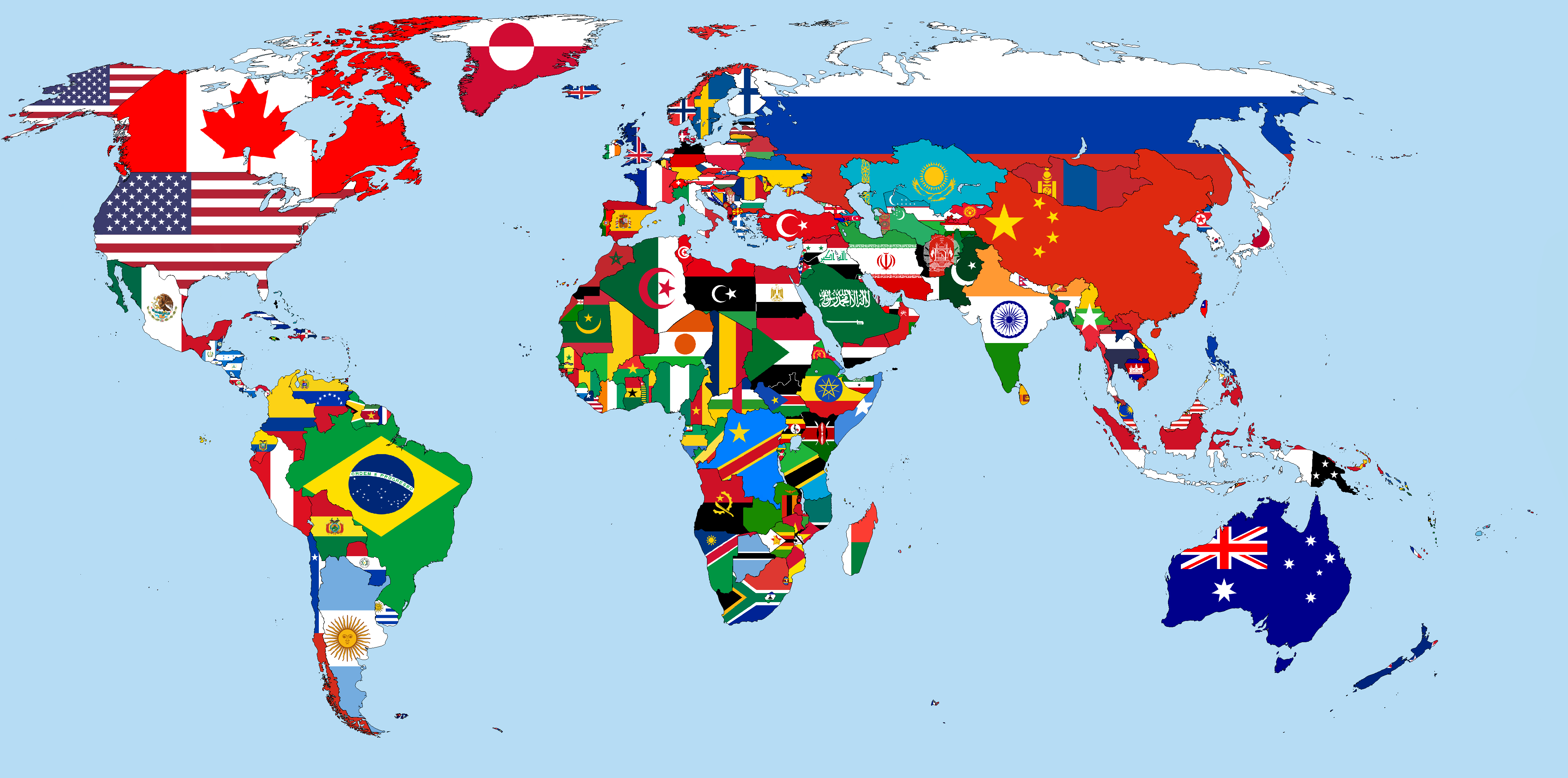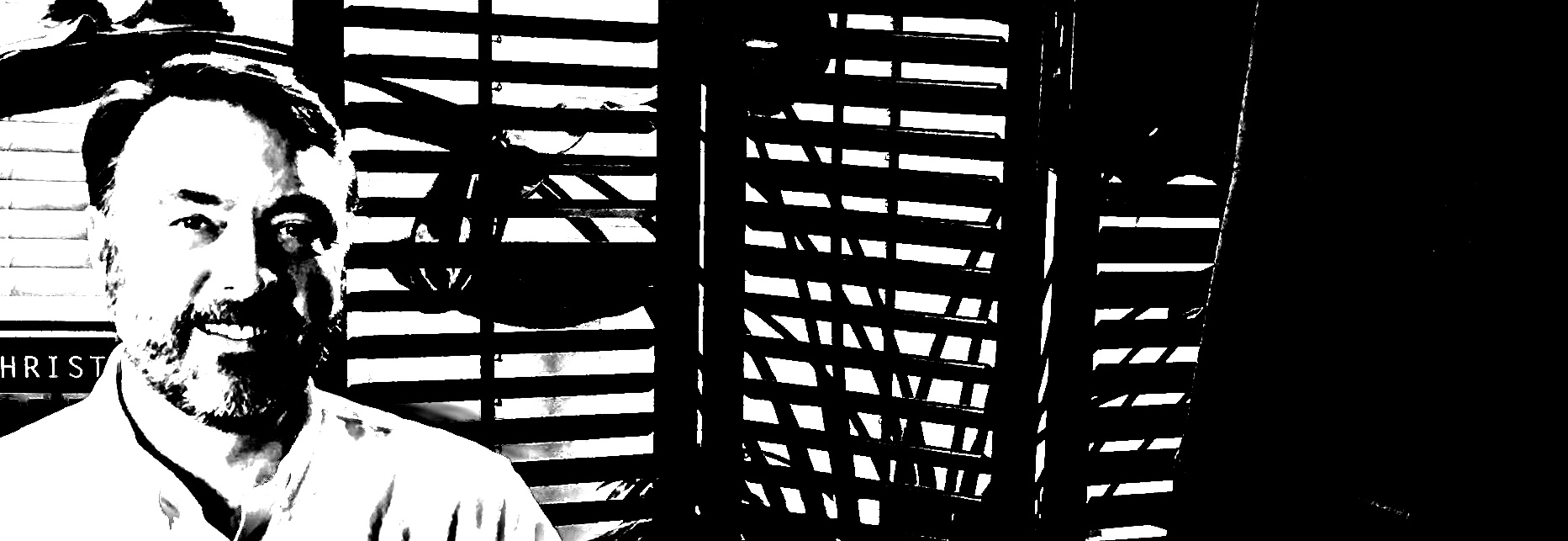Healthcare Models Around the Globe
Our current healthcare system is so costly, and access to care and coverage so unequal, that I think simple continuation of the status quo is indefensible. At the same time, I believe that simplistic approaches to reform, such as Medicare for All, are unrealistic and would prove inadequate.
At this point, my friends on the political left, having agreed with my first sentence, will respond to my second with a cry of, “But, we’re the only developed country that doesn’t have universal healthcare!” To which, I might reply, “Okay, that’s true enough, but which type of universal healthcare would you prefer?” Oftentimes, that response draws a momentary blank stare, but it’s an important question.
Every other developed country does have a form of universal (or nearly so, in most cases) healthcare, but they are not all alike. Some are radically different from each other, in fact. Four models of healthcare are commonly identified, the Bismarck model, the Beveridge model, the National Health Insurance Model, and the Out-of-Pocket model. Many countries combine two or more portions of each model in their healthcare systems, and we in the United States incorporate pieces of all four.

The Bismarck model was established in the newly formed German Empire by Otto von Bismarck in 1893. While it has since been modified and expanded, it was initially a system limited to coverage of workers and their families through joint contributions by employers and employees. Echoes of that model are still seen today in most of western Europe, Japan, and among many working-age citizens in the U.S.
The Beveridge model, designed by British economist William Beveridge, and instituted in 1948, led to the creation of the U.K.’s National Health Service (NHS). In this model, coverage is provided by the government, in a single-payer system, funded by general taxes. Most hospitals are owned and run by the NHS, though there are a few private facilities. Most hospital-based physicians are employed by the NHS, though those in private hospitals, and many general practitioners are self-employed. In the U.S., we utilize a similar model in the care of most of our active duty military, veterans, and Native Americans.
The National Health Insurance model developed gradually in Canada. Now known as Canadian Medicare, it began with hospital-based care in the province of Saskatchewan in 1947, expanding to the rest of the country by 1957, and was later extended to cover outpatient costs in 1966. It’s a universal single-payer model, like the NHS in the U.K., but most hospitals are privately-owned, and physicians are not government employees, unlike in the U.K. In this sense, Canadian Medicare is very similar to our Medicare, though ours is limited to elderly Americans. Its overall model is also comparable to our Medicaid, with costs shared between the provinces (states, in our case) and the national government.
The Out-of-Pocket model is what is left when there is no overarching plan in place. You pay for what you need if you can afford to do so. It is the predominant model in most of the less developed countries, but is also what is left available to people who cannot obtain coverage in developed countries, including the U.S. Although partially subsidized, the ACA marketplace plans also fall somewhat into this category. This model is frequently derided as the only option available to the desperate. It is important to realize, though, that is also sometimes the preferred choice of the global wealthy, and it is the primary model used for many elective healthcare choices worldwide. This model actually helps to drive down prices and improve quality. So, I think it is not a model that should be entirely dismissed out of hand.

None of these models is perfect alone, and no country has combined portions of any of these models to create the perfect healthcare system for their citizens. In the United States, we are stymied by unequal access to care and high costs. Other countries have provided more equal access to care, but are faced with with long wait times and/or economically depressed physicians and hospitals. All developed countries are struggling with rising healthcare prices and aging demographics.
However, one thing all these models share is that they were adopted in bits and pieces to address the concerns of the citizens in their respective countries. They all tried, to a greater or lesser extent, to work within the existing healthcare infrastructure in their home countries, while recognizing the political and economic forces which might prevent wholesale change.
I think this is where we should begin. To address our current healthcare problems, we should look to other countries for ideas, while looking within our own country to see what is possible. Then we can create a uniquely American solution for our citizens.
As a reminder for those who missed my last piece, consider checking out the 2008 PBS Frontline documentary with correspondent, T.R. Reid, Sick Around the World, and Reid’s book, published in 2010, The Healing of America: A Global Quest for Better, Cheaper, and Fairer Health Care.
The Healing of America: A Global Quest for Better, Cheaper, and Fairer Health Care
